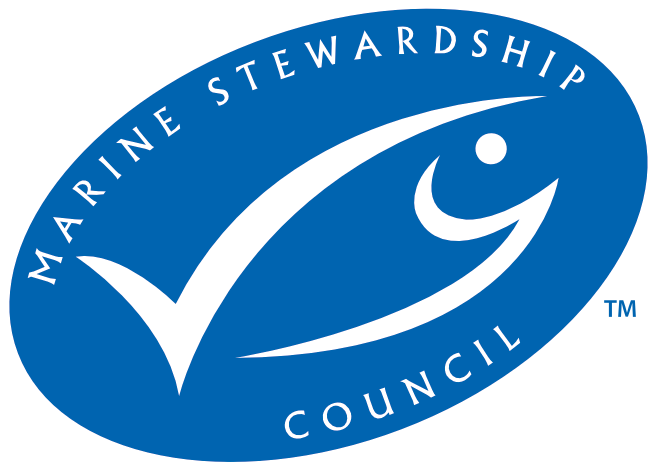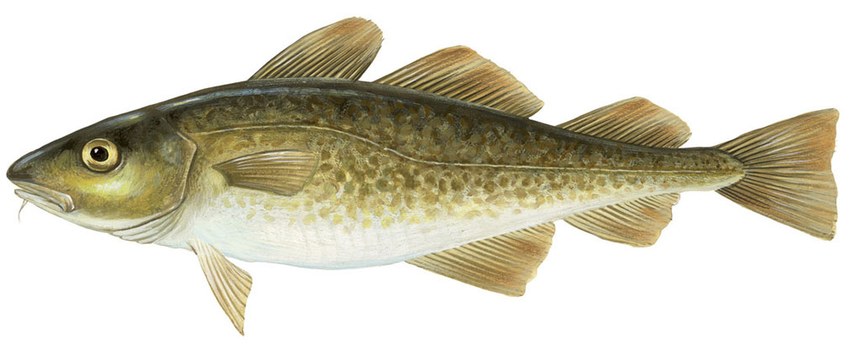
- Certifier :
- DNV
- Certified status :
- Certified
- Certified since :
- 17 Aug 2012
- Certificate expires :
- 17 May 2028
Overview
Fisheries are composed of one or more parts, each of which is entitled to receive an MSC certificate. These parts or “units” are defined by their target stock(s), fishing gear type(s) and if relevant vessel type(s), and the fishing fleets or groups of vessels.
When the term “Unit of Certification” is used for fishing units that are in assessment, it refers to the “Unit of Assessment” or “Unit of potential certification”. Expand a status below to view the parts that form this fishery. To check the detailed scope, download the latest certificate or open the Assessments page to get the latest report. Find out more by visiting our page on Fisheries
Catch by Species
| Species | Reported Catch Year | Metric Tonnes |
|---|---|---|
| Haddock (Melanogrammus aeglefinus) | 2021 | 4,526 |
| Atlantic cod (Gadus morhua) | 2021 | 58,642 |
| Saithe(=Pollock) (Pollachius virens) | 2021 | 1,408 |
Information is provided by an independent Conformity Assessment Body as live weight (the weight of species at the time of catch, before processing) and where a fishing season covers multiple years, the end year is given as the reported catch year. Additional information is available in the latest report, see the assessments page.
Eligibility, client groups and vessel lists
A fishery may choose to define the members of the fishery certificate. These members can be vessels or other client group members (e.g. companies that own vessels and/or companies that are named as eligible to handle certified product covered within the fishery certificate scope). Please refer to the fishery certificate statement on additional product specific eligibility criteria (e.g. product eligibility limitations, eligibility date, exclusive points of landing and the point where Chain of Custody certificate is required). Please consult the fishery Public Certification Report for product eligibility rationale.
| Documents | Published on | Files |
|---|---|---|
| Vessel List | 24 Aug 2023 | 1 files |
| List of client group members | 10 Mar 2016 | 1 files |
About this Fishery
Cod (Gadus morhua) image © Scandinavian Fishing Year Book
The Barents Sea is the main nursery and feeding area for northeast Arctic cod. Stock levels are in good health. The fishery’s harvesting strategy is designed to respond to the current status of the stock and to maintain this at a level that supports “high long-term yield”.
The Faroe Islands has a small number of licences to fish in the Barents Sea, in Norwegian, Russian and international waters. The Faroe Islands fleet accounts for around 4% of the total international cod catch in the region.
Saithe (also called coley) is a whitefish closely related to pollock, common in the North Atlantic. The fish mature at around 5-7 years and spawn along coastal banks, mainly in February when the water temperature is 6-10°C. Following spawning, larvae settle in inshore areas and migrate to the coastal areas at 2-4 years of age.
This fishery also includes the previously individually certified Faroe Islands North East Arctic haddock
All the vessels are stern trawlers, around 60m long. Around 70 people work on board to catch, process and freeze the catch at sea.
The trawl gear is equipped with sorting grids to enable undersized fish to escape. The mesh at the cod-end is 150mm – larger than the statutory 130mm – to further limit capture of small fish.
Research is ongoing in plotting the distribution of sponges, corals and other vulnerable marine habitats in the Barents Sea. Some sensitive habitat areas have been identified and these areas closed to fishing.
A typical fishing trip last 6–8 weeks. The season starts in January, most probably fishing off Lofoten where the mature cod aggregate on their way to the inshore spawning grounds.
Market Information
The main markets are in the EU.
